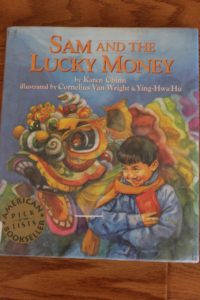By Gloria Whelan, Illustrated by Yan Nascimbene (Sleeping Bear Press – 2008)
Inspired on the nineteenth-century Japanese artist Utagawa Hiroshige and his series of “The Fifty-three Stations of the Tokaido Road.” In the seventeenth and eighteenth centuries, Japanese provincial governors had to travel to Edo (modern-day Tokyo) as making a long line with thousand attendants (carriers).Yuki’s father has been called to Edo, and she and her mother must accompany him in this royal procession. To ease her homesickness, Yuki capture her thoughts and impression in Haiku, one of Japanese forms of poetry.

19世紀の日本人芸術家の歌川広重と彼の作品 ”東海道五十三次” にインスパイアされて生まれた絵本。17世紀、18世紀の日本の大名は、江戸への旅に、千人もの付き人からなる長蛇の行列で出かけた。Yukiの父親が江戸に呼ばれ、Yukiと母親も同行する為に、この行列に加わった。望郷の念を和らげる為に、Yukiは旅での思い出や印象を俳句にしたためた。(注:著者による江戸時代の参勤交代の説明が、江戸と京都に半分ずつ出向くとした解釈は、江戸以前の制度との混乱があるかも知れない。-N.T.M.)









